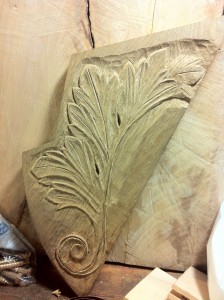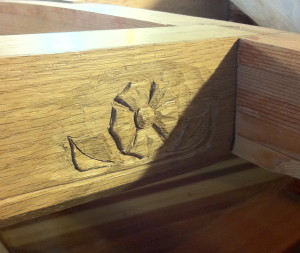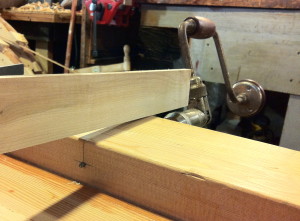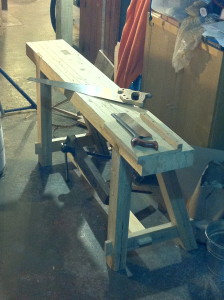a friend of mine growing up used to quote her art teacher’s heavily nasal intonation: “an artist does not use a ruler!”
but drawing straight lines freehand is tricky. the best advice I ever got was similar to Gretzky’s advice about playing hockey, “skate where the puck’s going, not where it’s been.” the mistake that many people make when picking up a pencil and trying to draw is that they look at the end of the pencil.
one of the neat things about the kinesthetic sense is that you can put your finger where you think it ought to go without looking at your finger, you look at where you want to put it, and your finger moves there in the most efficient way possible. generally a straight line. you do the same with the pencil. so the steps are:
- put pencil where you want the line to begin.
- move your eyes to look at where you want the straight line to end.
- move the pencil point to that point. just leave it in contact with the page.
try it, you’ll be amazed how straight your lines become.
it is surprisingly tricky however. due to much practice with handwriting, people are pretty used to looking at the tip of the pencil to see what they’re writing. you don’t focus at the end of the line when you’re writing at the beginning. it is a skill worth cultivating, so work at it.
 At this point, it no longer quite lives up to the name…
At this point, it no longer quite lives up to the name…




